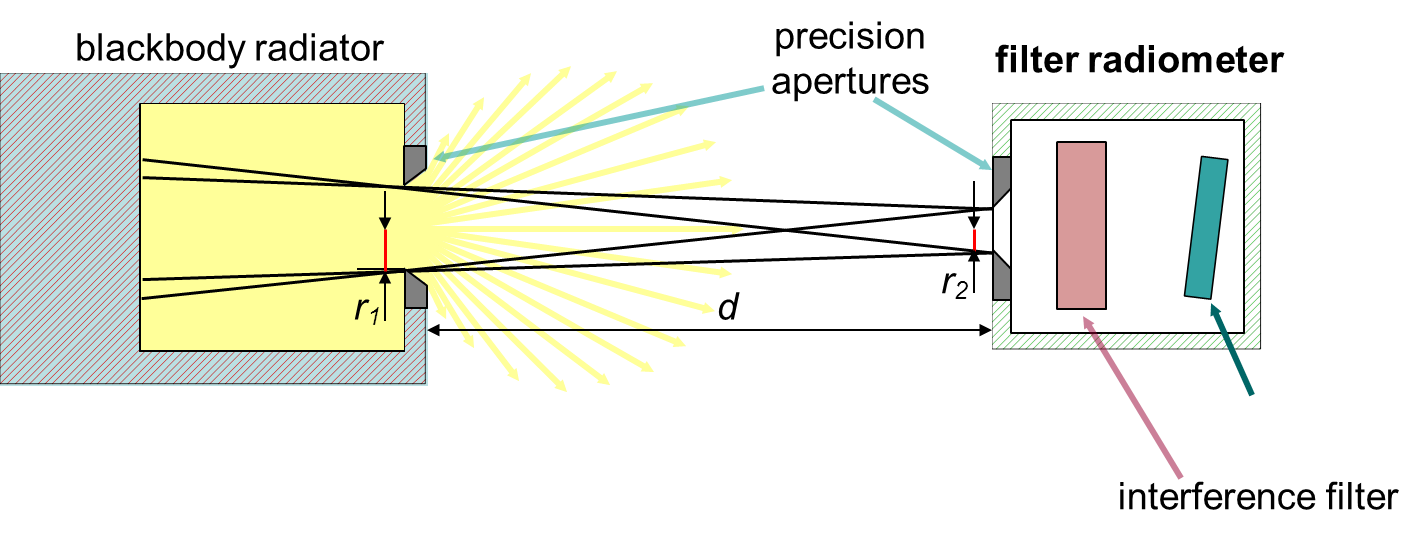WP 1: Assignment of thermodynamic temperatures to high temperature fixed points above 1000 °C
Participants: NPL, CEM, CNAM, CSIC, DIISRTE, NIM, PTB, VNIIOFI, and collaborators KRISS, NIST, NRC
The aim of this workpackage is to assign, definitive thermodynamic temperatures to a set of high temperature fixed points. This assignment will be performed with ultra-low uncertainties associated with temperature - namely 0.5 K (k = 2) at the Re-C point (nominally 2748 K), scaling to less than 0.05 K (k = 2) at the copper point (nominally 1358 K). High temperature fixed points are defined, in the thermometry community, as those whose phase change temperatures are above that of the freezing point of copper. They are generally based on metal-carbon eutectic alloys, for example Co-C, Pt-C and Re-C. This approach is followed because the eutectic composition is the lowest temperature of the liquidus phase and hence, provided there is a ready source of carbon, the metal carbon mixture, when initially molten, on cooling automatically reaches the eutectic composition - leading to a stable temperature for the eutectic point.
The following method will be used to assign thermodynamic temperatures to the high temperature fixed points:
- A set of high temperature fixed point blackbody cavities, Co-C, Pt-C and Re-C will be selected, on the basis of performance, for thermodynamic temperature assignment.
- The ITS-90 fixed point of Cu will also be included both to provide a reference for the measurements and because it needs further evaluation.
- JRP-Partners and collaborators will use primary filter radiometry to determine the fixed point temperature of these blackbody cavities.
- Multiple temperature assignment by several JRP-Partners is essential to ensure the lowest uncertainties are attained and to identify any unknown systematic effects that might affect one particular primary radiometry approach.
- The data will be pooled, suitable corrections applied and definitive thermodynamic temperatures determined for each fixed point type. The values will then be submitted to CCT for approval as definitive temperatures for these new fixed points.

High temperature radiometry
For more information: Contact Emma Woolliams (NPL)
